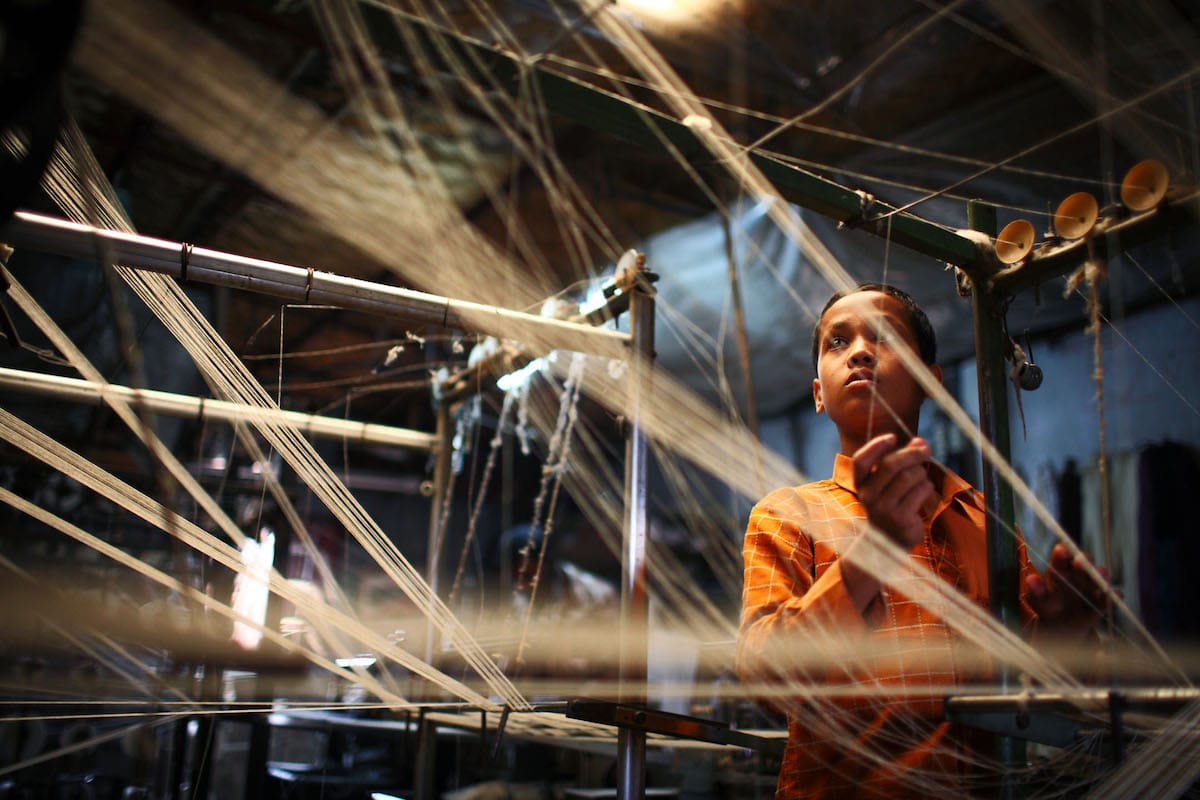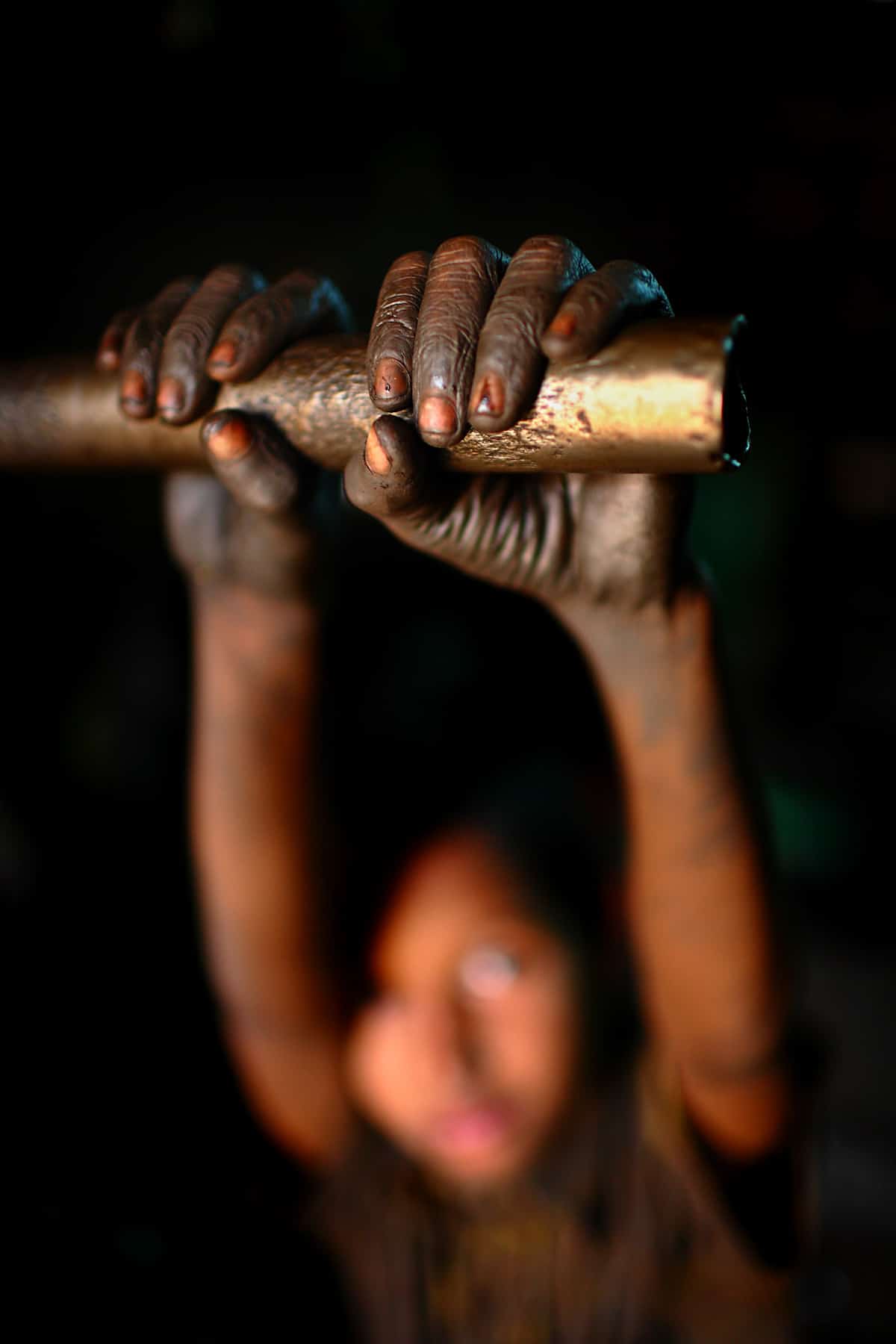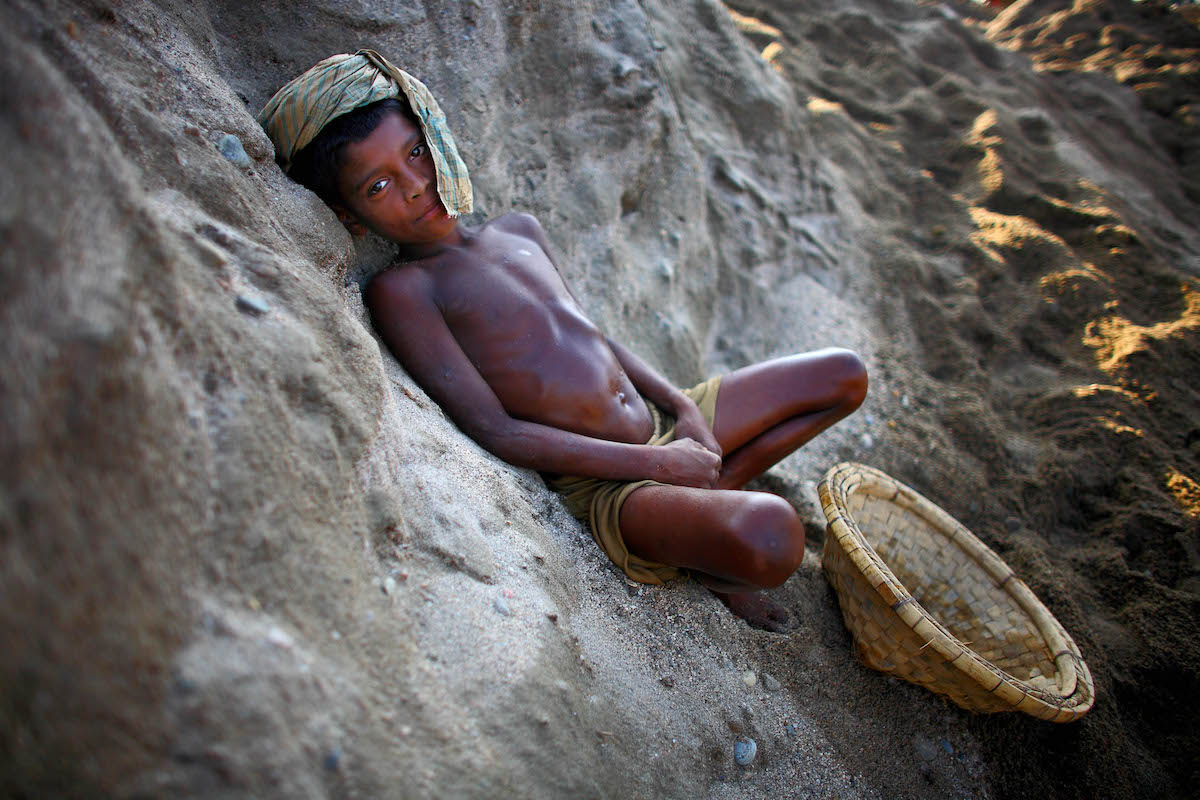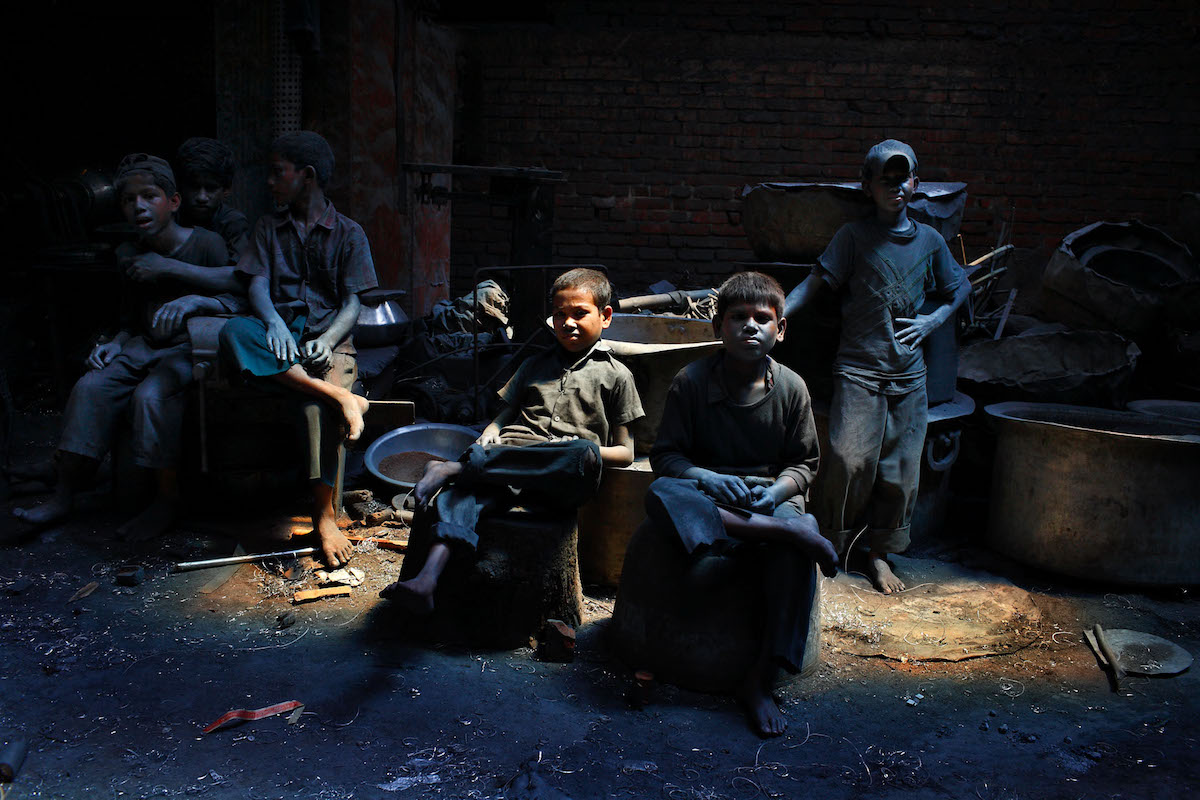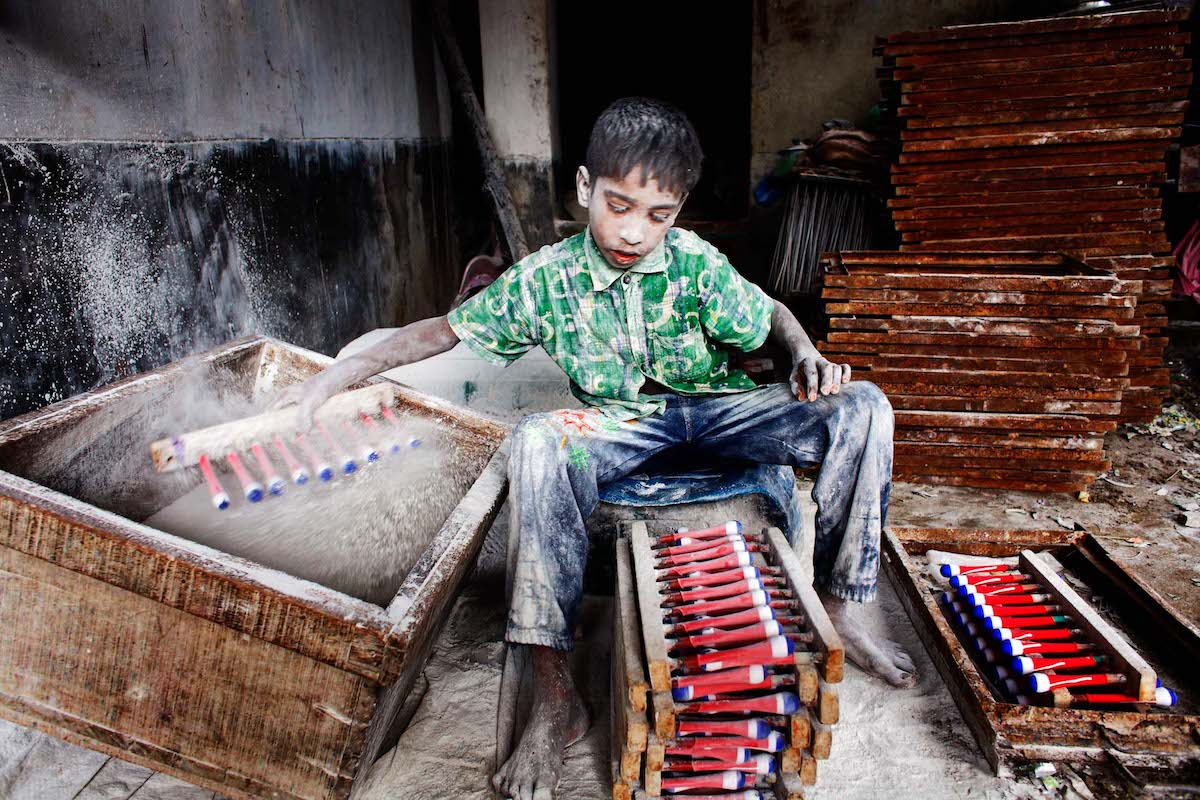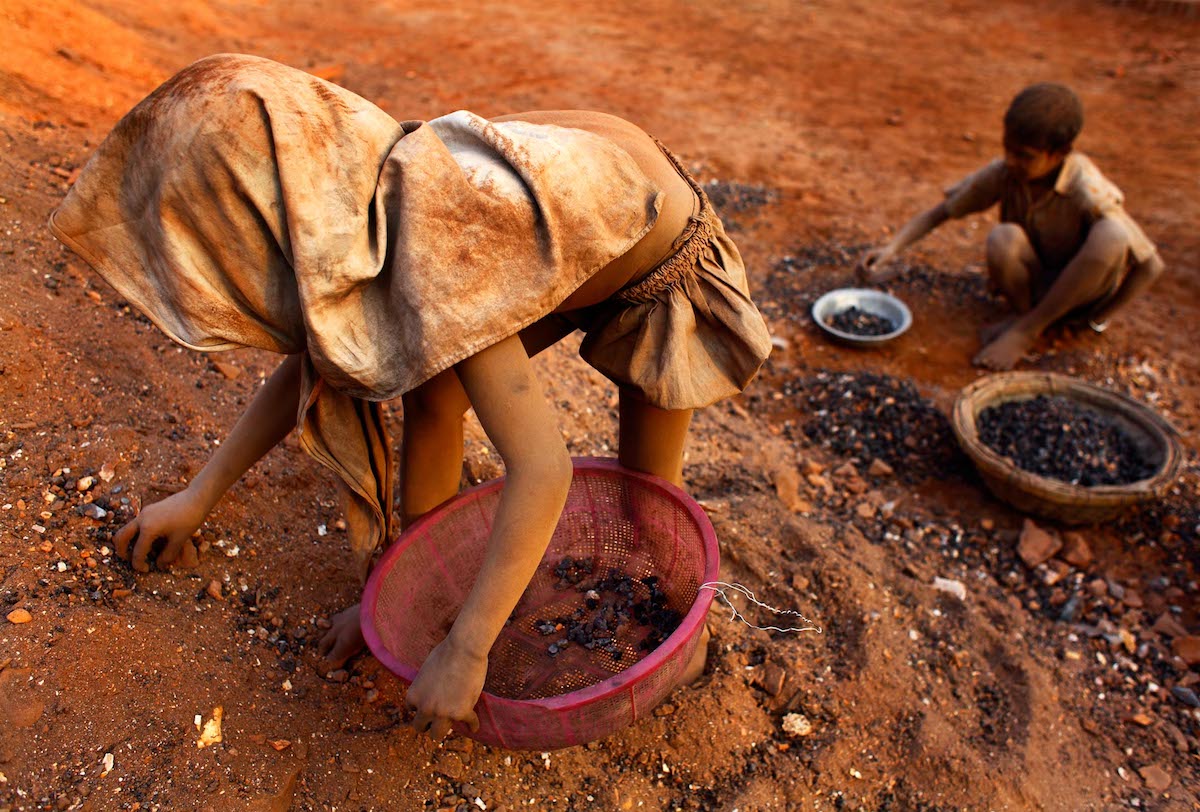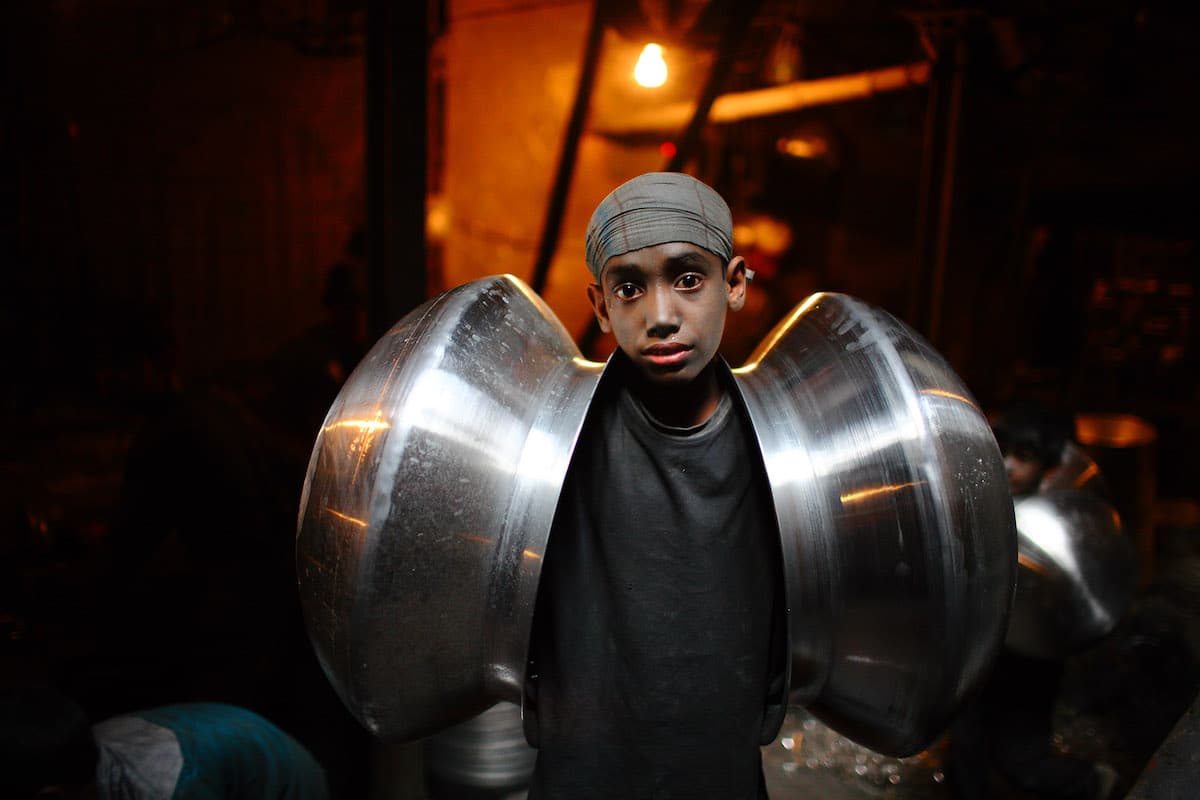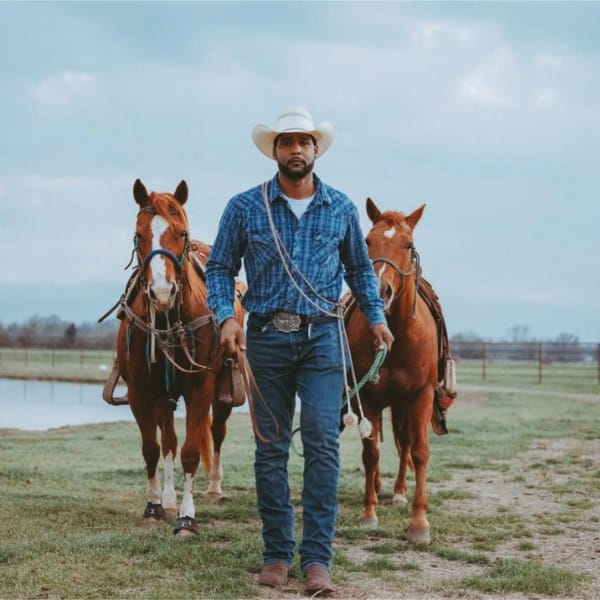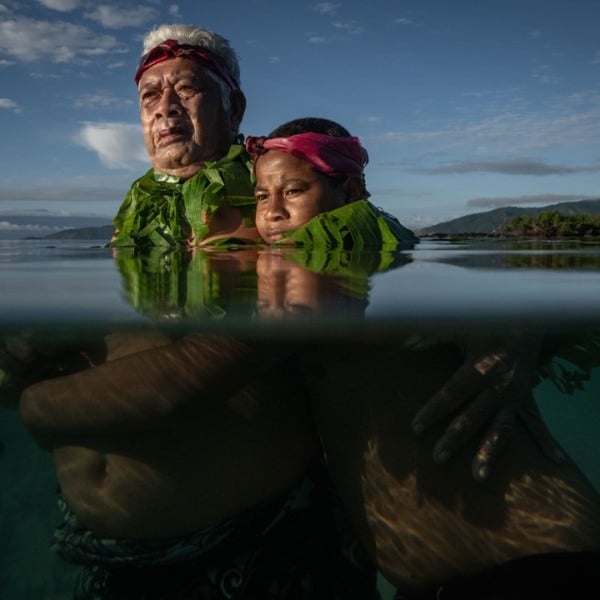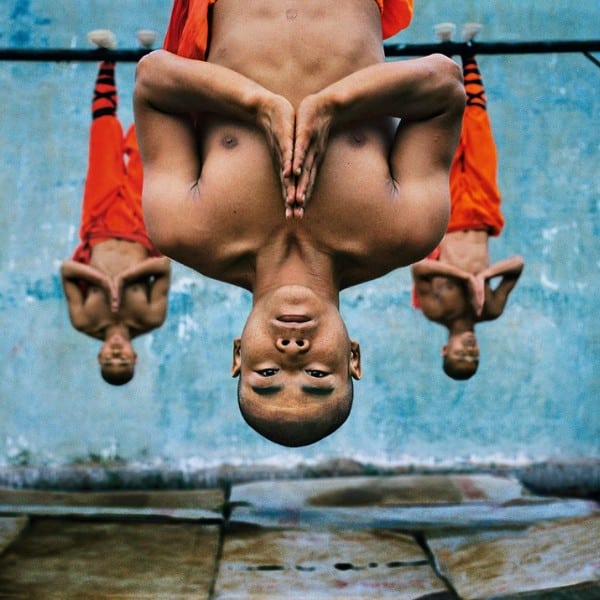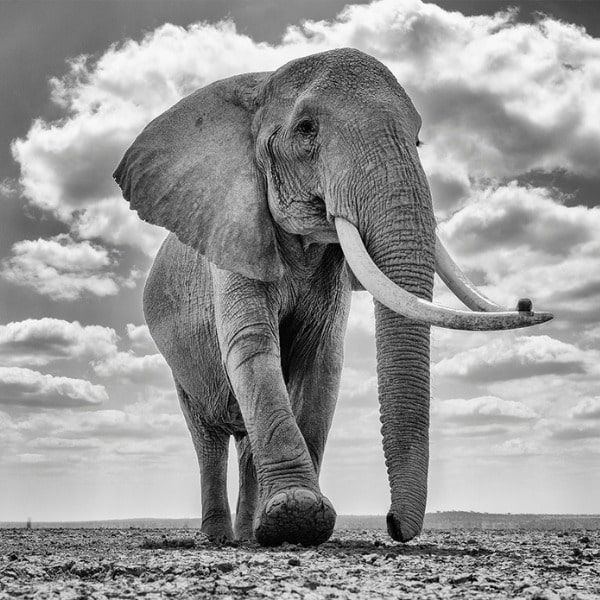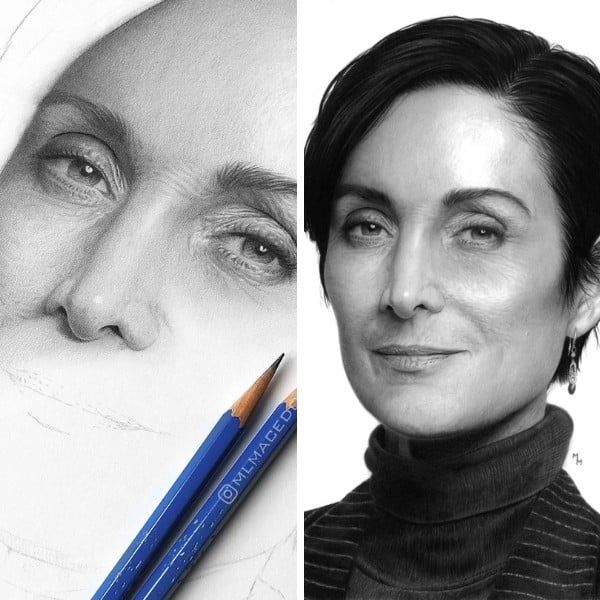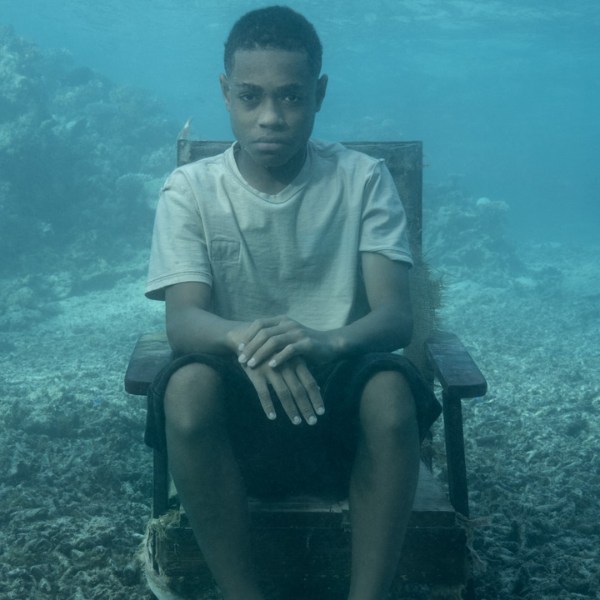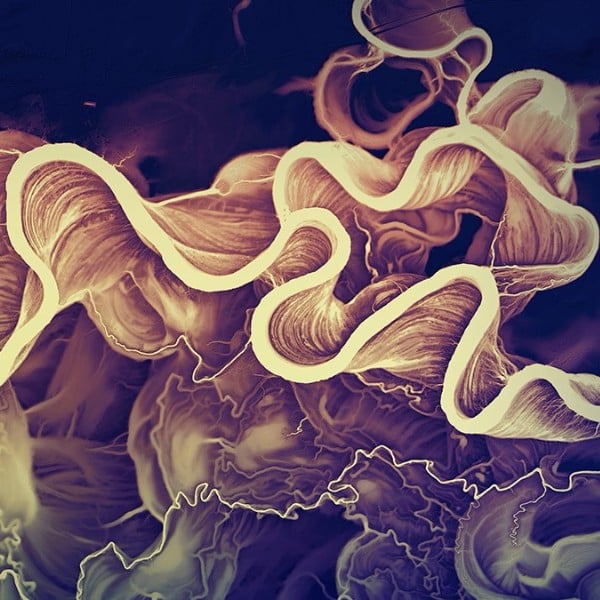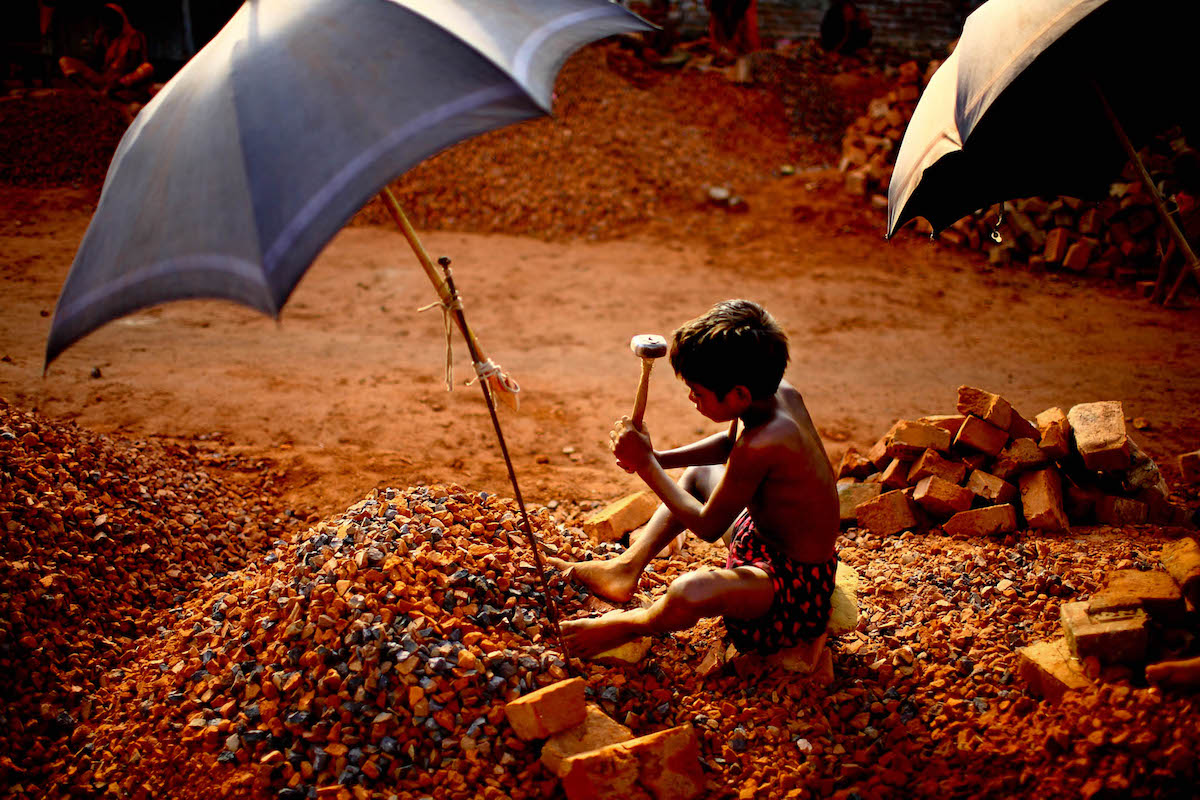
I was particularly moved by your Born to Work series about child laborers. These children have lived such difficult lives. How were you able to get them to open up to you about their situations?
A child laborer's typical question to me is: “Could you exchange a day with me in my place with your own child? Could you deposit your child to labor in such a place for a day to get $1? If you can't, can you please do something else for us?”
Frequently faced with these questions from young children who are forced into unimaginable working conditions in Bangladesh from very early ages, I was compelled to document this child labor situation in a photographic series called Born to Work. I started documenting these working children's lives 15 years ago as a photojournalist.
Down in these deadly factories, the word “childhood” disappears as early as the age of five. Rapid maturity is all that will keep them alive. Their silent cries echo from wall to wall in this hell, which is considered a blessed place for them in order to earn bread. Their compact workstations in these factories or even on the dusty brick-making lands are the places where they are growing up independently.
The danger and hardships are the same in textile factories, brick factories, tanneries, balloon factories, rickshaw factories, motor parts factories, mirror making factories, coal factories, cigarette factories, and dump yards. There is no single risky job where a child laborer cannot be found. For many of them, jeans with a torn shirt is their everyday wear and a banana with bread is a delicious meal.
Escape from an unfathomable situation where 7.8 million children are working in hell, [these children] are looking to you for a solution, which is a terrifying impossibility. I attached my life to them and thus the story began.
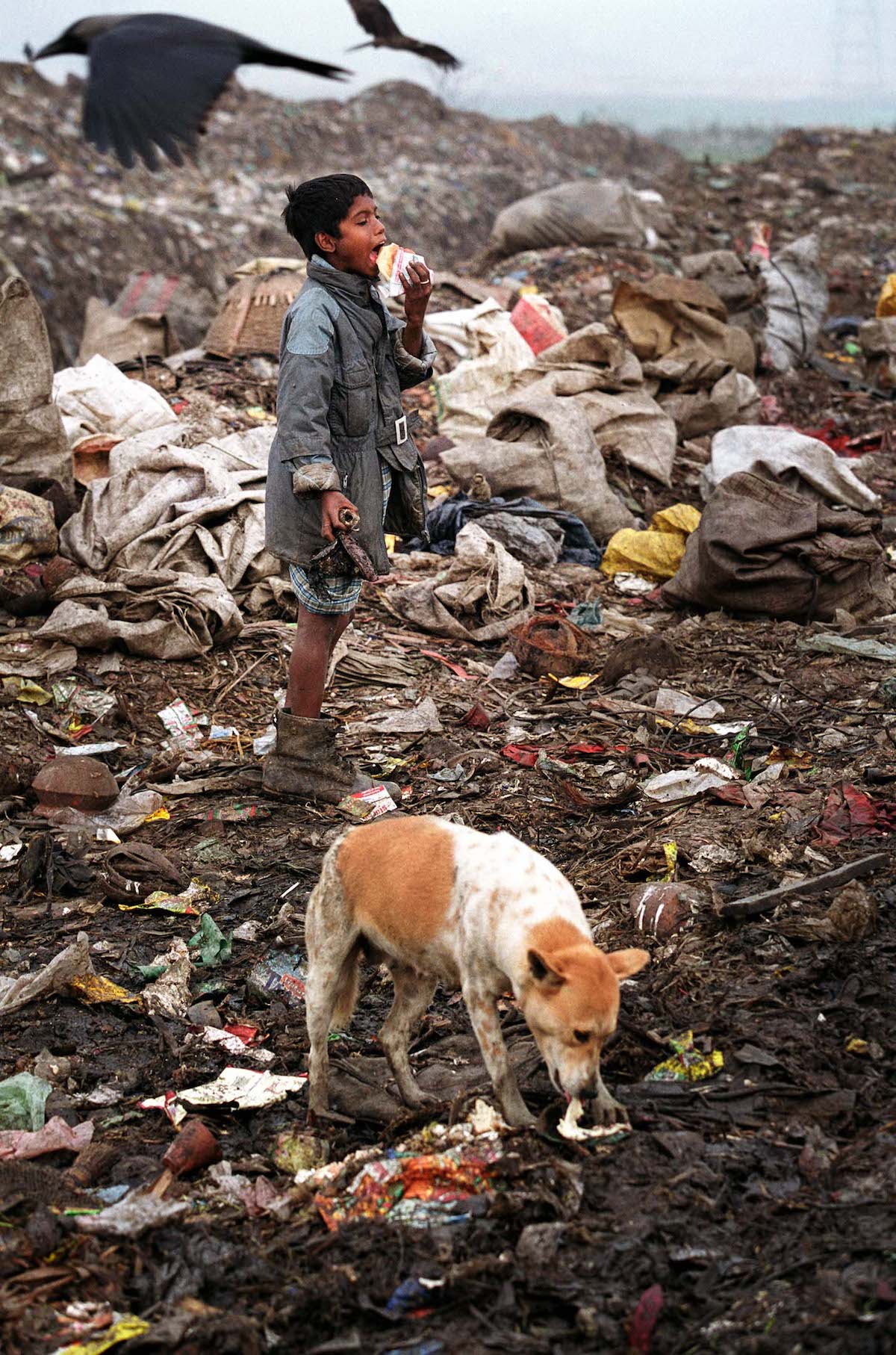
Can you share one or two of the most meaningful stories you've been told as a photographer?
“I did not get anything to eat yesterday. I slept hungry. But now I am feeling lucky to get this rotten bread. My shoes, clothes, and food all come from this dump yard. Aren't you going to ask me about the odor? I was born in this place. Someone left me here after my birth, so the smell of this place makes me feel at home. This is my home and these dogs and birds are my family.” – Abu (10 years old)
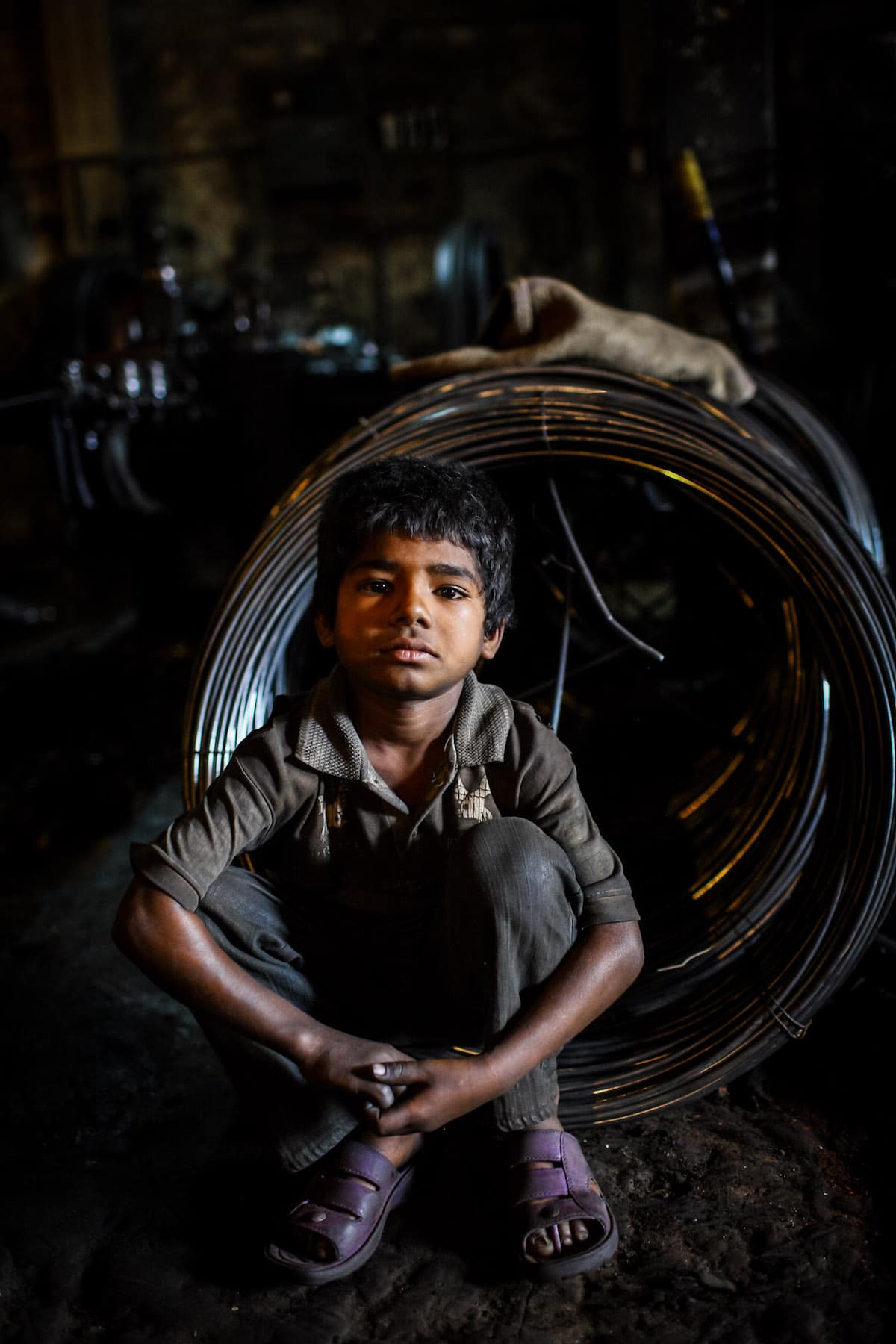
“No, I don't go to school nowadays. I had to choose between school and food for feeding my mother and little brothers. My father died last year in this same factory from heat stroke when he was melting iron in the fire place. In this intolerable heat, no one can work if they are not accustomed to it. He was a very strong person and was used to working in the heat. He used to work a lot for us. No one believed he could die here from this heat.
“After my father's death, I got my father's job here. I use the same hammer and the same machine but I don't feel strong like him. I feel very tired, sleepy, and hungry. I miss going to school; I miss playing with my friends; I miss swimming in the nearby river. My father used to buy me colorful ice cream when we used to feel hot. I miss eating ice cream every minute nowadays when it feels hot like hell here. I have one uncle who buys me ice cream sometimes and helps me in my work when I can't do anything. I want to become like him. I want to reduce people's misery because my ice cream uncle always says, ‘we need each other.' ” -Rony
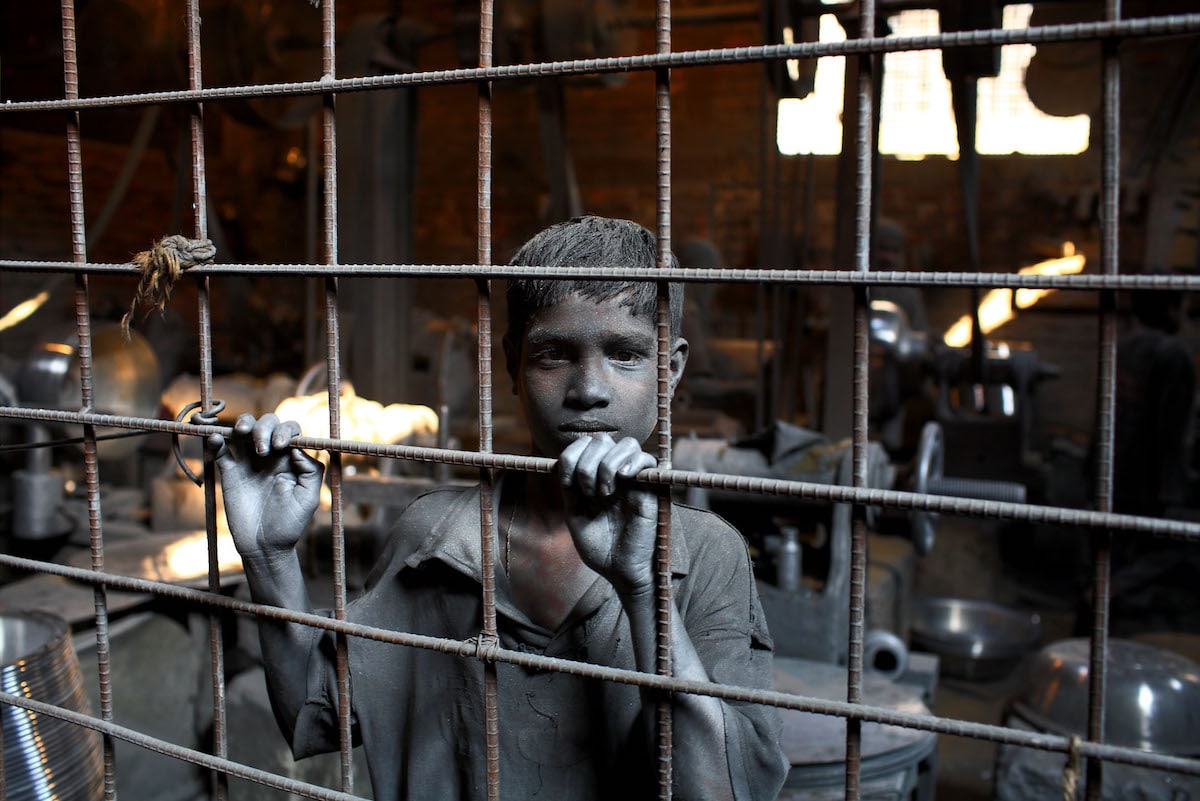
From a human perspective, some of the situations you've been witness to aren't easy to view. How do you prepare yourself to witness such situations?
It is always challenging to be able to gather and articulate the experiences of the voiceless and bring their identities to the forefront, which gives meaning and purpose to my own life. When I cover extreme social stigmas, I feel an urge to deliver those untold stories to the world's table and to ask the people to walk up and see.
My deepest personal concern is to get to the root of the situation, whatever it may be. I continue to work with the hope that I can bring possible changes. I put my endless passion into the stories, which are heart-wrenching. Getting access to all these stories and depicting their lives truthfully is the hardest part. Building trusting relationships with these characters and everything else is very challenging.
Sometimes silence speaks louder than words. I was out of words when I listened to the experiences of rape victims, child laborers, Rohingya refugees, sex workers, acid survivors, day laborers, and more. Listening to such trauma caused me heartache, too. I often feel an unbearable pain that causes me to become breathless. That's why I remain silent during the time.
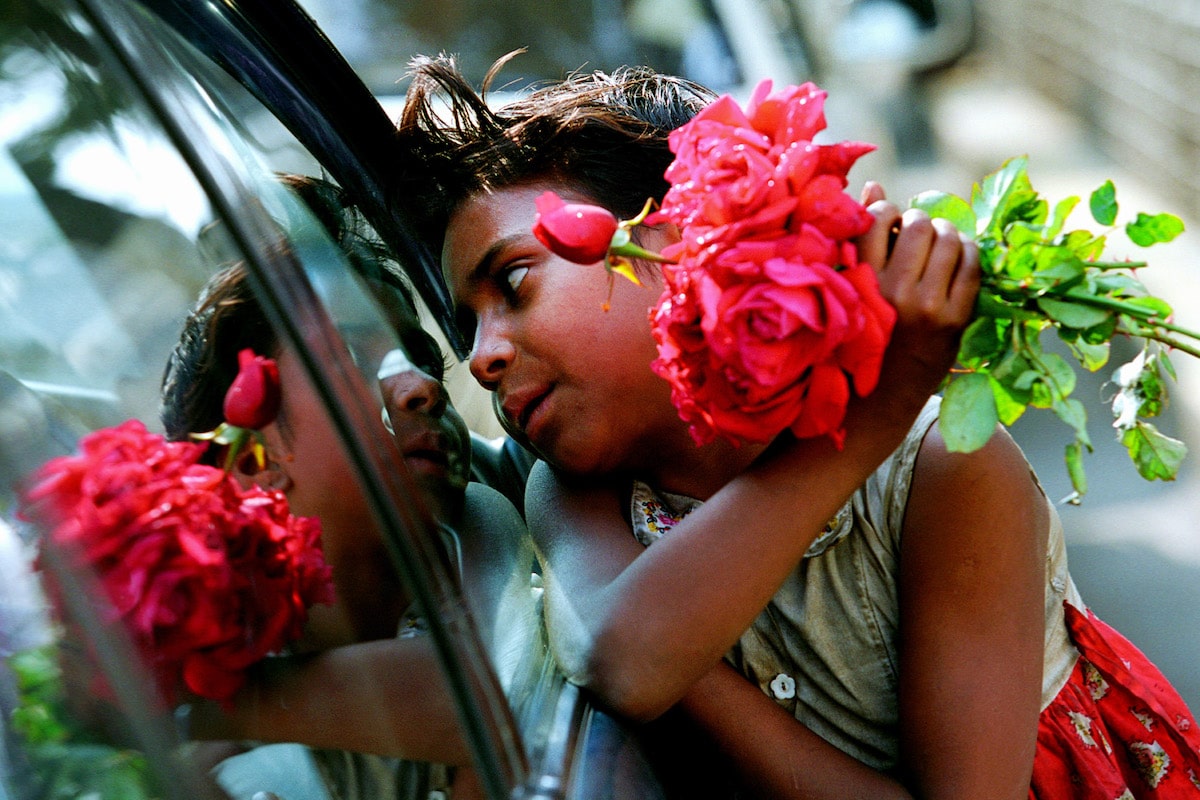
[continued] Those silent moments help me to recover my existence as a photographer who has a duty to show the truth to the world. The most difficult part of the job is to hold that emotion and continue to document their lives, which the world knows nothing about. The most interesting fact is that after some period of silence, most of them smile at me and would ask me if I wanted something to eat. Suddenly, we would stop talking about those incurable scars that were stabbing my heart just minutes earlier. They would smile at me with the tears rolling all over their faces, those moments are precious, and I am unable to depict that in my camera or with my words.
It's the same when it comes to the heartless scenario of working children's suffering and my own reaction of inner emptiness that freezes my finger preventing contact with the shutter button. But even with all those sorrowful expressions followed by smiles when they give a look, these courageous children push me to overcome anything and then my camera clicks nonstop.
The strength of a six-year-old to feed his sick mother or courage of a refugee grandmother who crossed an ocean in a rubber boat to search for her grandchild are my inspiration. The soul that never loses hope in vulnerability is giving power to my journey. The smile that survives through pain is the canvas of my work. I cannot deny the love of a brothel sister who cares to keep food for me from her portion. The barefooted refugee who traveled six months, crossed a mountain range and an ocean, cared enough to stop me working in order to take rest and share food.
These experiences make me feel that the biggest joy of life are the small moments of miracles when you can laugh from your heart, give without keeping anything and live knowing through them that death can come at any moment.

Why is it important for you as a photographer to focus on social issues and bring them to light?
To underline our lives, our awareness, I persist to treasure and poke the “spinal cord” of the world by transforming suffering into photographs. For me, photography is my language to access, to communicate, to identify, and mostly to make it heard.
As a photographer, I feel it is my task to show the world these unseen realities and to shed light on what most of us never see with our own eyes. I want to show the things that simply shouldn't be.
Obviously telling their tales are my main job but still year after year of seeing their same never-changing circumstances, I felt depressed and hated the situation. I am a simple photographer but still, what I have achieved was not enough for me. I promised myself to change at least a few lives that I was able to change. I started helping street children, child laborers, homeless people, destitute families, elderly citizens, and refugees in difficult to reach communities.
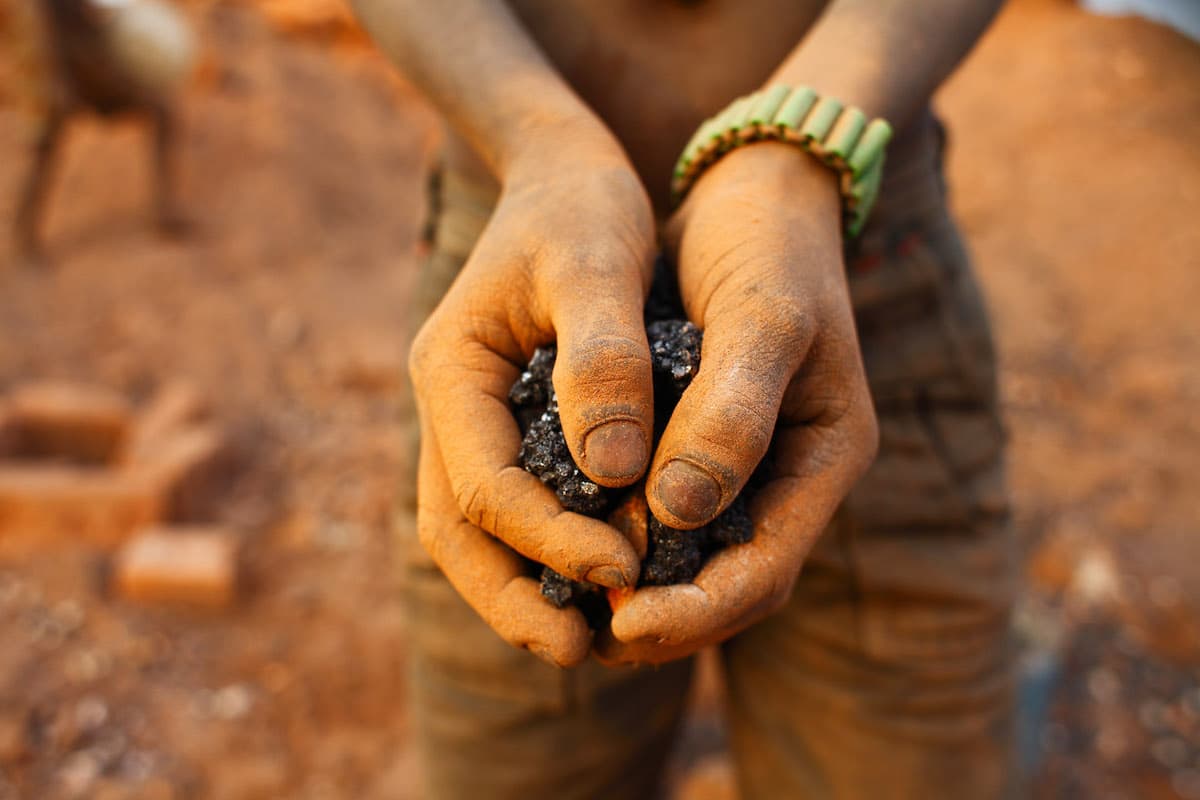
[continued] For many years I have been working on child labor; situations where childhoods are sold for less than a dollar a day—and gone forever. Once an 8-year-old balloon maker told me, “I took some damaged balloons for my little sister; I have no time to play. I have only time to support my parents.” I realized at that point I should turn my lens on lives like him.
Our simple work may be our greatest inspiration to become better human beings each day. By making some effort through our work in changing the world even if just a little for the better, we can find the way to love and altruism. Helen Keller inspired me with this quote:
“I am only one, but still I am one. I cannot do everything, but still, I can do something; and because I cannot do everything, I will not refuse to do something that I can do.”
During the last twenty years, every person I met has had a story to tell. I try to capture the beauty of the people and their souls. Though the real circumstances of some of the people I portray may be quite grim, they are all strong individuals with remarkable characters. It is my duty as a photographer and an artist to point out every aspect of existence in society.
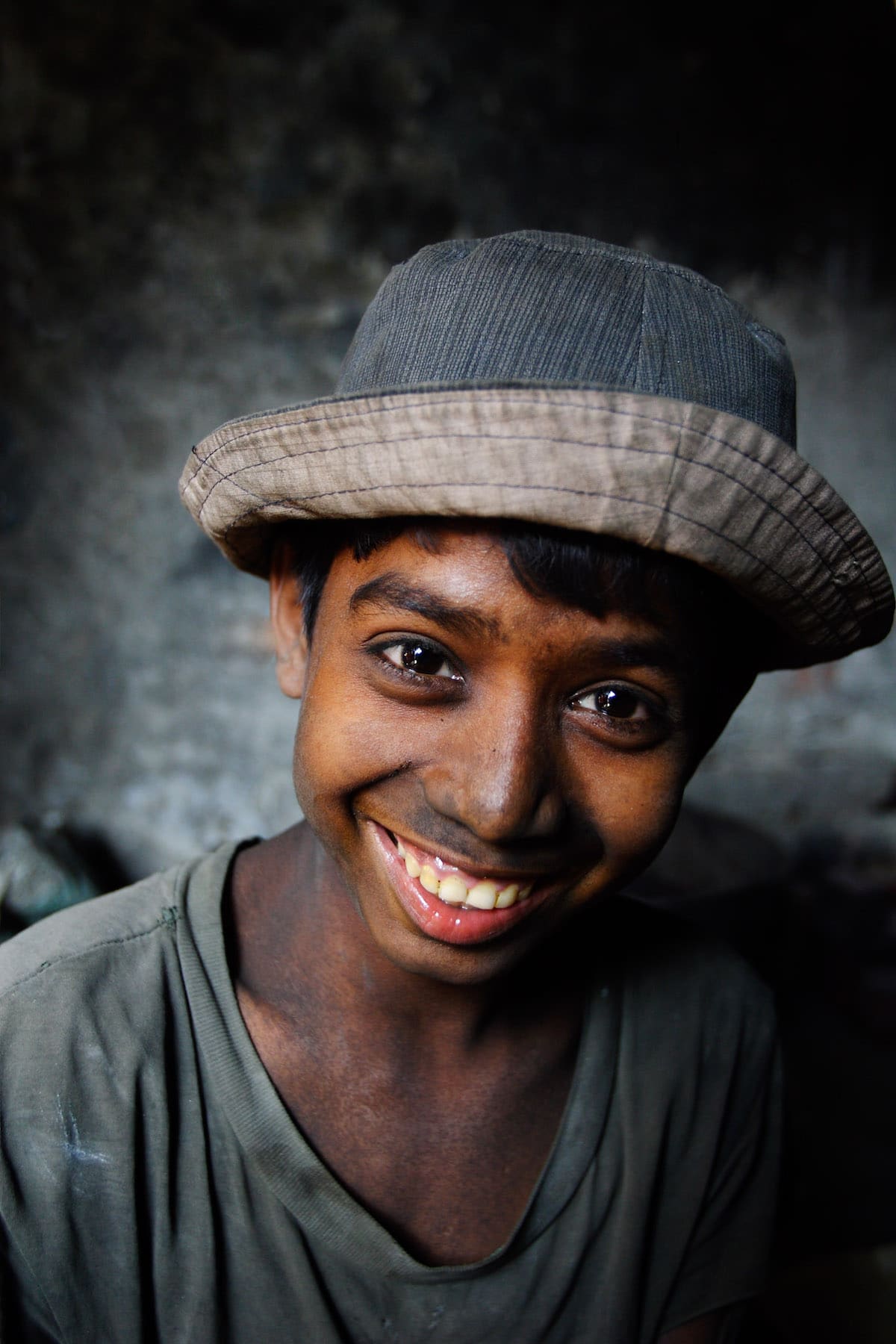
What do you hope that people take away from your work?
First and foremost, photography is my passion and secondly, it is a tool to affect positive change. I shoot almost every day because I love to do it. I do not see photography as a competitive activity, nor do I strive for status or reputation. I want to show my pictures to my audiences. I want them to feel something.
I have seen many of my colleagues who hardly share their photographs and keep them all for competitions, grants, or exhibitions. I am very clear about the fact that I take photographs to show people, to convey a message, and to make a change. Until I can spread my message; until I share stories of broken hearts; until I can show how brave my subjects are; I do not bother with anything else.
On my Facebook page, every day I receive messages such as: “You have changed me and my way of thinking. Thank you,” or “After seeing your photo I cried until midnight. What can I do for that brave lady?” Sometimes I receive hundreds of wishes and prayers just on one photo story. That matters to me more than any achievement recognition in the profession. I believe that if my photographs can connect with the hearts of the viewers and create changes in their lives or motivate them to help others, then this is the ultimate achievement and happiness for me and my gift to the world.
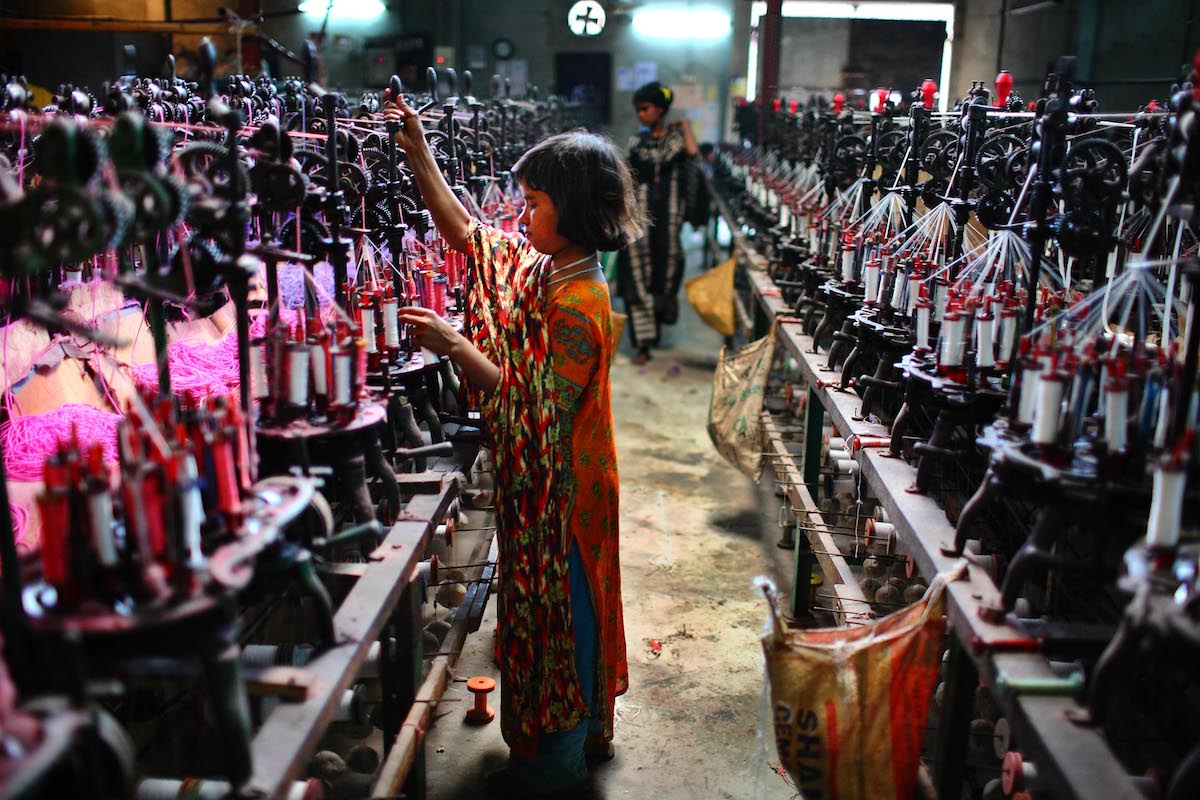
Where do you see yourself in the next five years in terms of your photography?
I aspire to do many things. I am currently working on my nine-year project Heroes of Life in the form of a book with real-life stories and images of people who have suffered greatly but who have had the determination and courage to change their lives.
I would like to change the life of every single person who will be portrayed in this upcoming book. I am continuing to work on my long-term projects including the development of the extension The First Light Photography Institute's rural school.
My greatest pleasure is being able to bring a smile to a face. My book Survivors is still spreading happiness among survivors' families as I am continuing to give them an opportunity to elevate their lives. The 65 families that I found who are portrayed in the book are now happily working in businesses that I set up for them as a gift. My desire is to give more. If I had a magic kit I would abolish the tears of all sufferers. But as I do not have such a thing, I will still try to wipe off the tears of a few. Besides these goals, my never-ending photography journey is always leading me along paths to more souls in anguish who can find refuge in my work and peace in the knowledge that their stories are being heard.
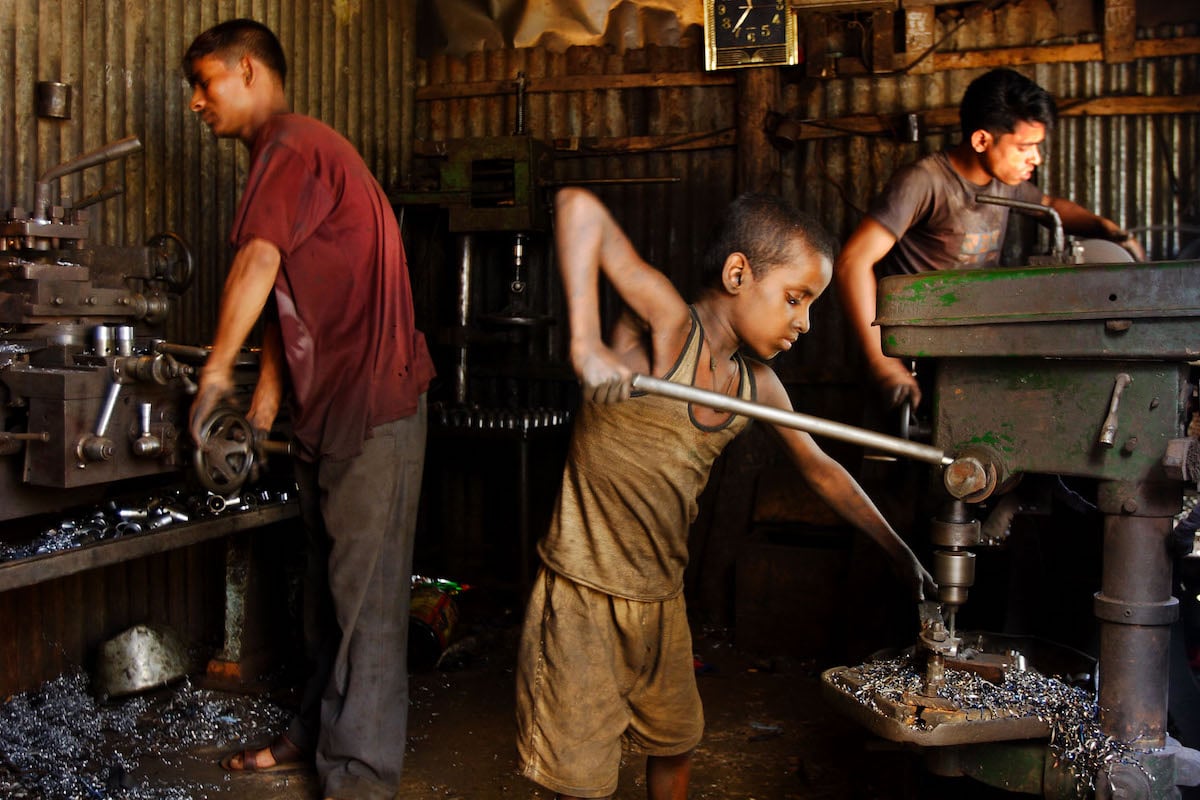
[continued] I believe it is my duty as a photographer to point my lens in the face of deprivation and also to offer a hand to the people who are dying without any help. This is the best reward I get from photography that opens my heart and lets me give love as well as give whatever resources I have. The only sin for a photographer is to turn his head and look away. I will continue to pour my heart and soul into depicting these incredible human beings and to write the narrative of their life experiences; I will be continuing to write and capture the beauty of people and their souls.
